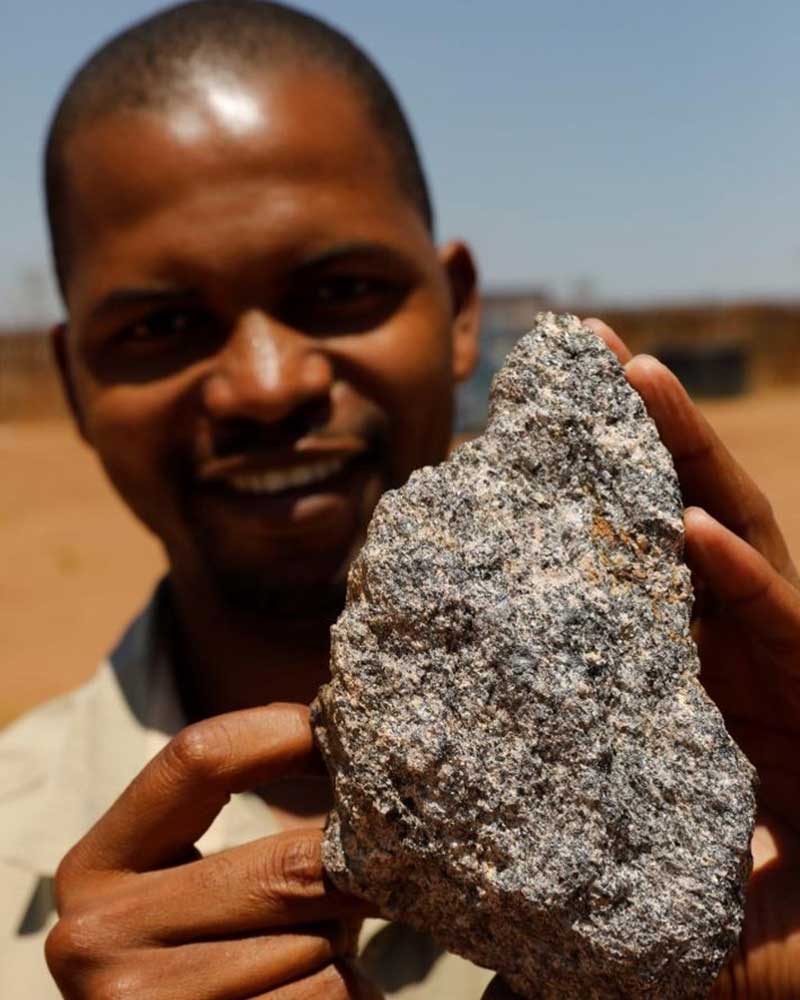Triton’s graphite ambitions expand with Chinese building materials stance

Pic: Bloomberg Creative / Bloomberg Creative Photos via Getty Images
Special Report: Triton Minerals believes it is ideally positioned to become a key global player in the expandable graphite market as events in China combine to create an overwhelmingly positive supply-demand outlook for the fire-retardant material.
Based on a definitive feasibility study (DFS) completed at the end of 2017, Triton’s Ancuabe project in Mozambique will produce 60,000 tonnes of high quality graphite concentrate a year from 2020.
Because of its large flake size, Ancuabe graphite will be suitable for expandable applications, with roughly 55-60% of production earmarked for that market.
Expandable graphite typically commands a significant price premium to graphite supplied into the battery or refractory markets.
Current annual consumption of expandable graphite in China is approximately 50,000 tonnes but that is forecast to increase to as much as two million tonnes a year in the next 10 years as new legislation regarding fire-retardant building materials comes into effect.
The Chinese government has mandated that fire-retardant materials are required in all new buildings and has banned the use of traditional brominate fire retardants due to toxicity concerns.
Expandable graphite is an ideal substitute to brominate fire retardants.
Expanding opportunity
At an industry conference in Hubei Province in December last year, Jioang Yang, group vice president of China National Building Materials and president of the China Building Materials Application Technology Institute, told delegates that the country needed “40 million tonnes of fire-retardant building materials per annum, which will contain 5 per cent expandable graphite.”
China remains the world’s largest producer of graphite, but there are issues emerging on the supply side that should work in the favour of Triton and others developing projects in East Africa.
As has been well publicised, environmental management has become a key pillar of Chinese government policy and the crackdown on major polluting industries hasn’t spared graphite miners and processors.
In most Chinese graphite operations, hydrofluoric acid is used in the purification process and then disposed of in tailings dam.
Addressing the poor management of this acid treatment water is a key area of focus for the government in conducting its environmental reviews.

“They’re going through each of them and a lot of the smaller guys that are non-compliant, are being shut down,” Triton managing director Peter Canterbury said.
“They’re making a lot of the bigger guys treat their water in the tailing facilities and implement proper environmental remediation processes. It’s continual pressure to comply or be shut down.”
The other supply-side issue is simply that China is running out of quality resources of large flake graphite.
The remaining resources are deeper than those extracted already, and lower grade as well, meaning more secondary processing is required to bring the product up to saleable quality.
Coupled with the more stringent enforcement of environmental compliance, this is leading to increased costs for Chinese graphite producers and bringing them more in line with the rest of the world on that measure.
Out of the companies with large flake graphite projects in East Africa, Triton is arguably the most advanced, having completed a DFS, secured binding offtake agreements for over 50 per cent of production from Ancuabe and appointed China’s MCC International as engineering, procurement and construction contractor.
And unlike the other major East African players, Triton is unburdened by the regulatory uncertainty that continues to plague the Tanzanian mining sector and which has made investors very wary.
“East Africa has quite a lot of large flake graphite and now it’s just about who can develop their projects first,” Canterbury said.
Earlier this week, Triton confirmed it could use the caustic soda roasting process to produce natural flake graphite up to 99.94 per cent purity from Ancuabe.
Caustic soda roasting is more environmentally benign and cost effective than other processes typically used to achieve the purity level required for the graphite to be suitable for lithium-ion batteries.
- Subscribe to our daily newsletter
- Bookmark this link for small cap news
- Join our small cap Facebook group
- Follow us on Facebook or Twitter
Triton Minerals is a Stockhead advertiser.
This advice has been prepared without taking into account your objectives, financial situation or needs. You should, therefore, consider the appropriateness of the advice, in light of your own objectives, financial situation or needs, before acting on the advice. If this advice relates to the acquisition, or possible acquisition, of a particular financial product, the recipient should obtain a disclosure document, a Product Disclosure Statement or an offer document (PDS) relating to the product and consider the PDS before making any decision about whether to acquire the product.
UNLOCK INSIGHTS
Discover the untold stories of emerging ASX stocks.
Daily news and expert analysis, it's free to subscribe.
By proceeding, you confirm you understand that we handle personal information in accordance with our Privacy Policy.








